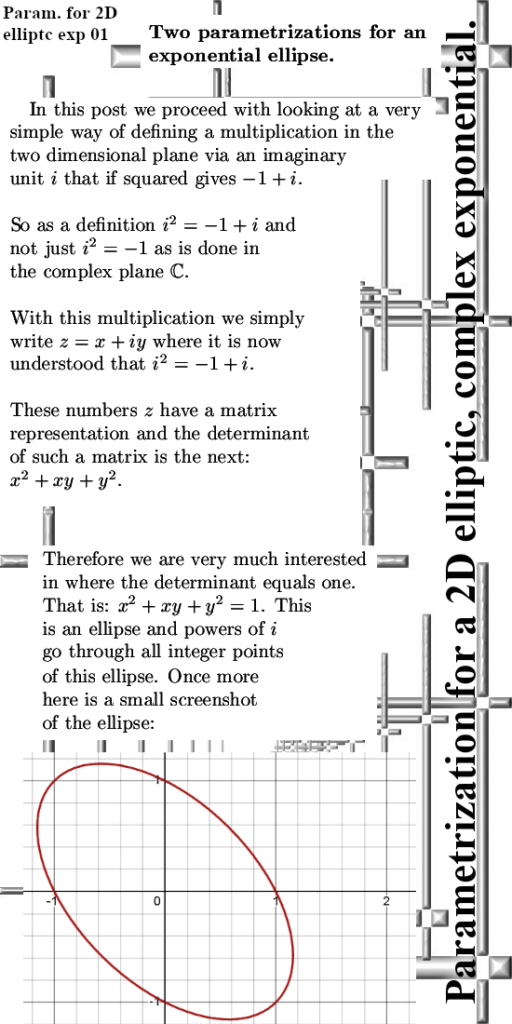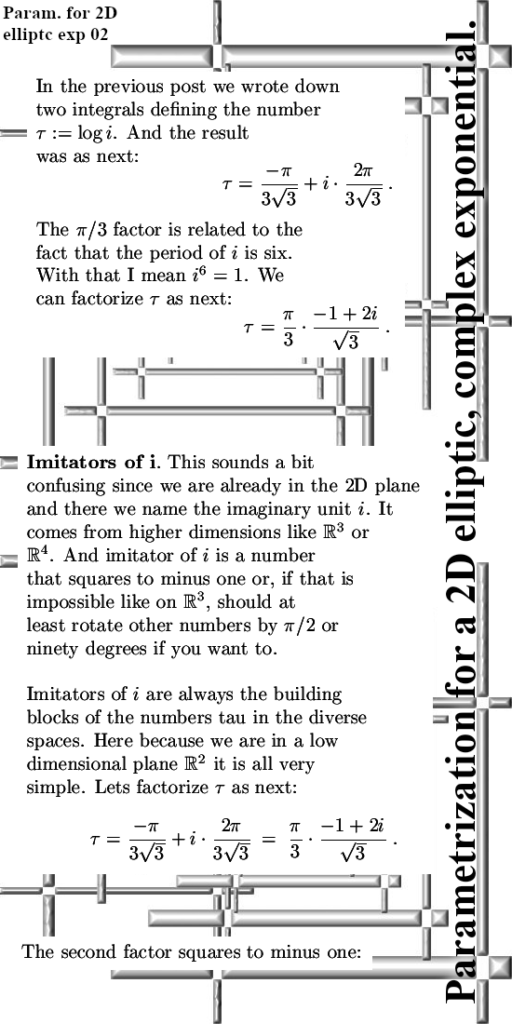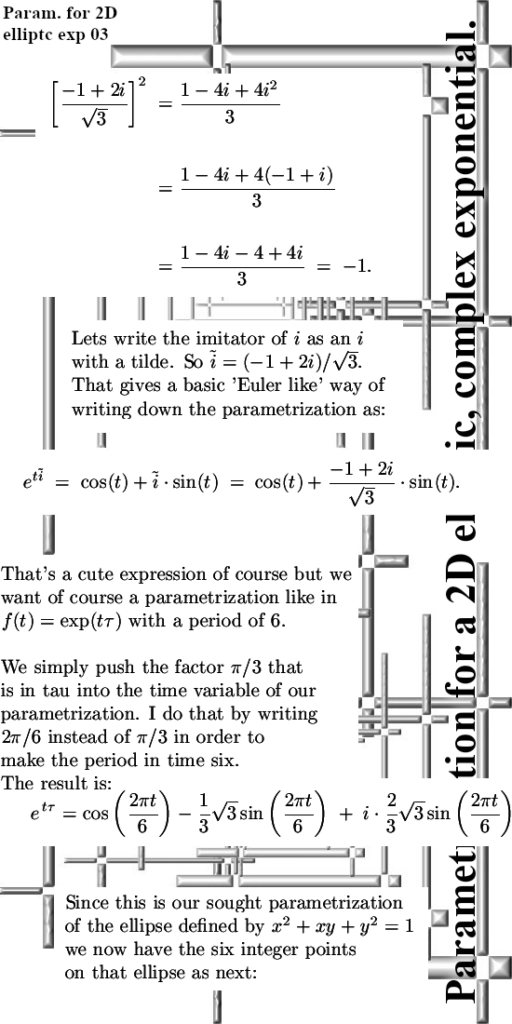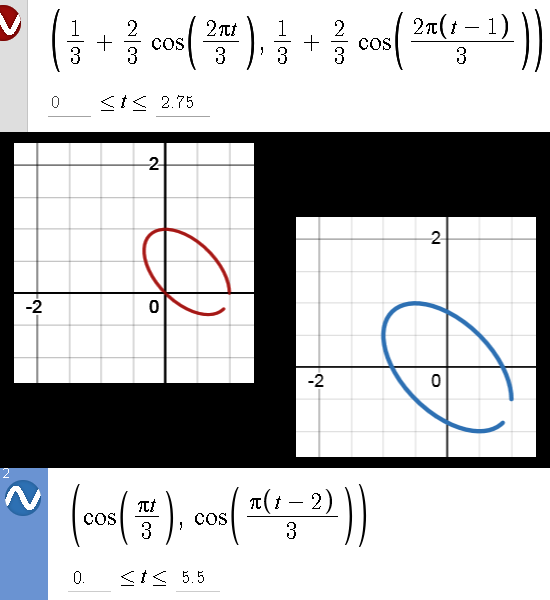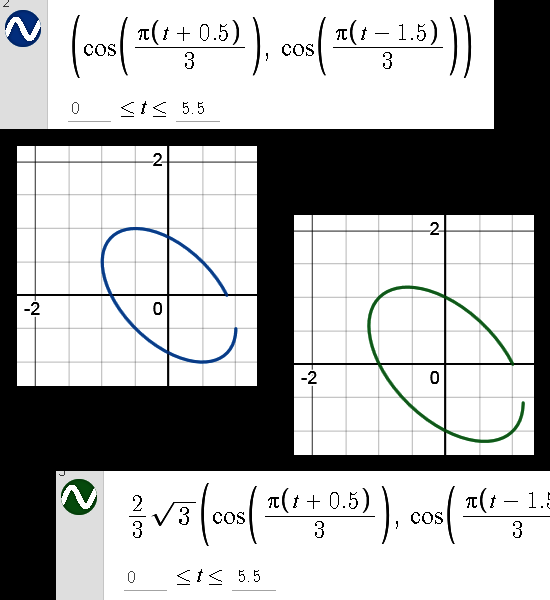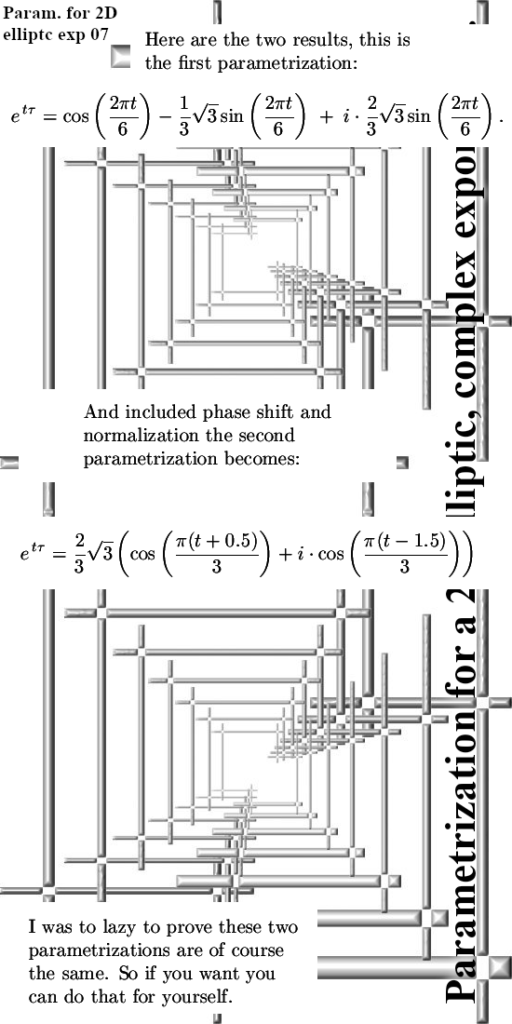Some time ago I stopped writing posts about magnetism because the number of such posts would exceede the number of posts on the 3D complex numbers. And that was of couse not the long term strategic goal of this website, so I stopped posting it here.
But on the other website I kept on writing small sniplets and what I consider the best two sniplets is now reposted here in a new post on magnetism.
For readers who are new: For the last 9 years I have been trying to figure out if electrons are truly tiny magnets yes or no. About 9 years ago I started to doubt that electrons or electron spin is indeed a bipolar magnet. At the time I tried to explain the results from the Stern-Gerlach experiment and I arrived at the conclusion that very likely electrons were magnetic monopoles. My main argument has been all those years: If electrons are magnetic dipoles, because they are so small they must be neutral under application of (large) magnetic fields.
Since the SG experiment it is know that lone electrons are not magnetically neutral but all and everything observed was always explained by electrons as tiny magnets. Why at the time (1922 and later) they never observed that there are all kinds of problems with electron spin as tiny magnets, is unknown to me. For example the scientists at the time had correspondence between each other and some of those letters literally started with the Gauss law for magnetism and stating that a solution must be found inside the framework of the Gauss law for magnetism…
It never dawned on them that doing science is that you must prove the Gauss law for magnetism does apply for lone or unpaired electrons. But they never did that, no one doubted that magnetism was without magnetic charges and as such even a very small particle like the electron had to be a tiny magnet.
Since last year I often phrase my view on electron magnetism as follows:
The magnetic properties of the electron are just like it’s electric properties: Permanent and Monopole.
It is a bit strange that after 9 years I still have to try and find nice sounding slogans like the above as if I were some marketing bureau.
Anyway one of the big mysteries of the official version of electron spin is that in an electron pair the spins must be opposite. Nobody remarks this is totally crazy because if we allow for that we also give up the observation that opposite charges atract while same charges repel. I made an extra picture for this weird official version of electron spin:
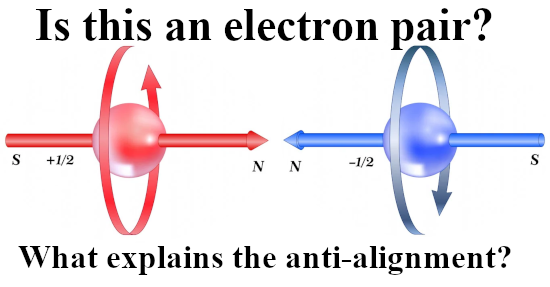
Well take your time to think about it, this is the official version of the electron pair if electrons were tiny magnets. The physics professors never ever mention such details, no you often get a boatload of complicated math but they never ever talk about what anti alignment for tiny magnets actually means.
I also want to remark that journalists never ever ask such questions when they interview physics professors on magnetic related stuff. It’s fucking taxpayer money and we must believe this kind of crap?
Well yes, according to Cornell university we must. The next picture is one I actually used on the other website:
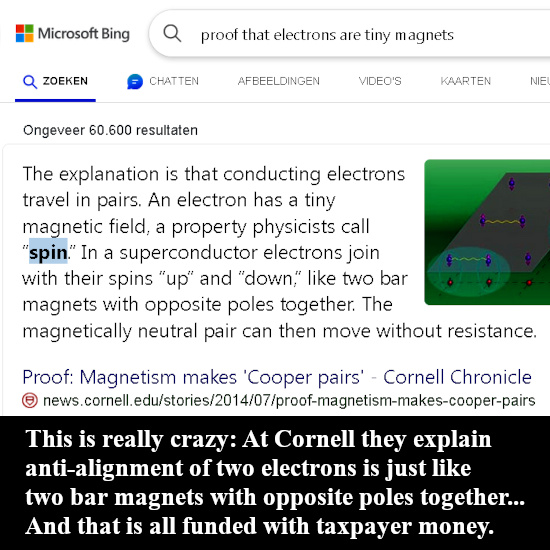
VESPR theory. VESPR stands for Valence Electron Shell Pair Repulsion. This theory comes a bit more from the chemical sciences where they try to explain the shapes of the electron clouds of atoms and molecules.
The important detail is that electron pairs are neutral to magnetism and that as such electron pairs around an atomic nucleus repel each other.
If you use the idea that electrons are magnetic monopoles this all is very logical: Coulomb forces pull electrons in and the electrons form pairs because they have opposite monopole magnetic charges.
If you use the idea that electrons are tiny magnets this all is very crazy: Coulomb forces pull electrons in and they only form pairs? Why not form other configurations that are possible with tiny magnets? Why only electron pairs my dear physics professors?
My dear reader you have a brain for yourself so look in the picture below as why this particular atomic nucleus has two electron pairs that repel each other. And don’t mind the female robot or ponder the question as why there are female robots at all…
Just think a bit around the nonsense that comes along with electrons being tiny bipolar magnets. Here is the picture as used on the other website:

It’s time to publish this post, thanks for your attention and see you in a next post.
